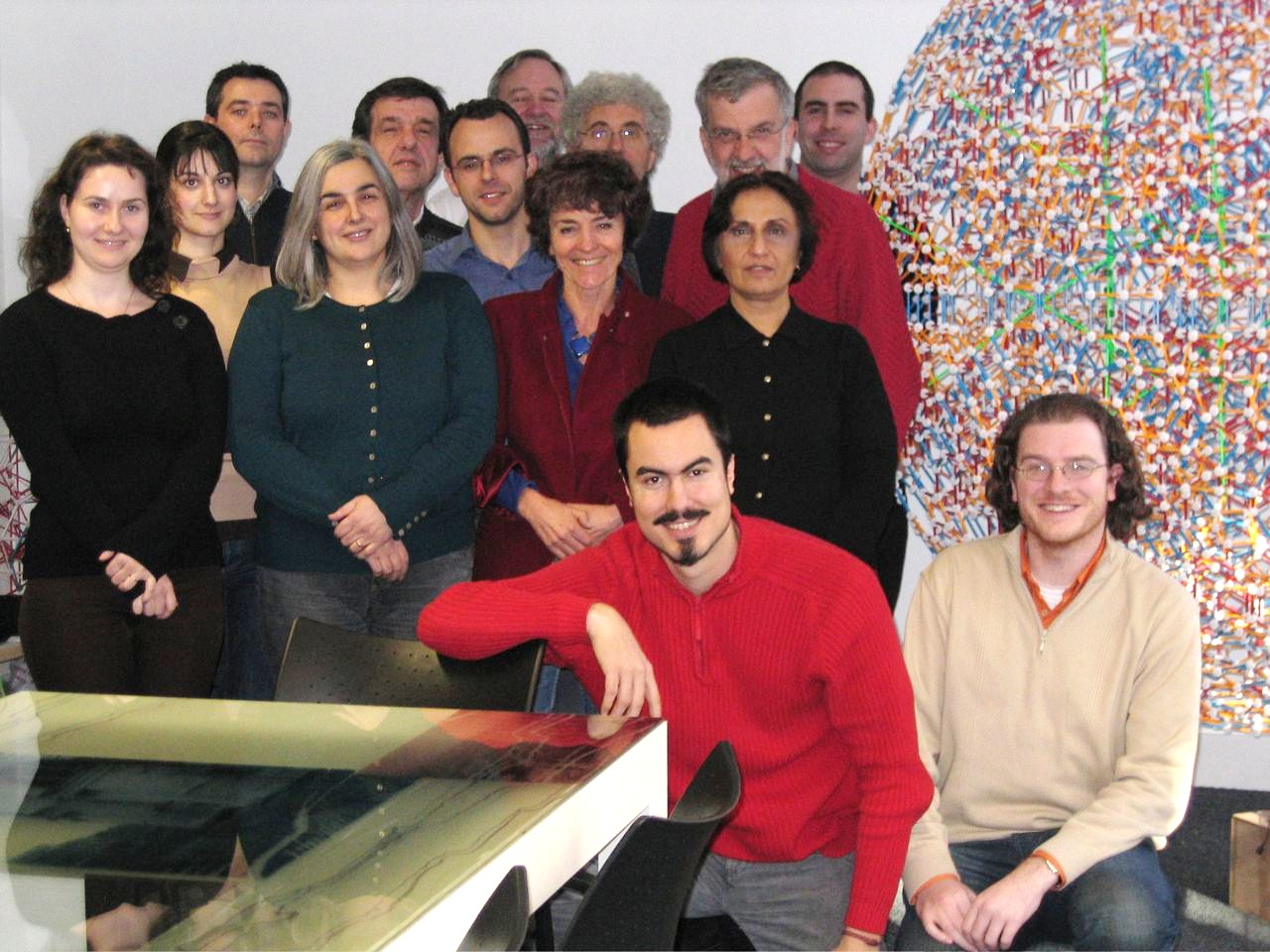|

†
Project Leaders
Richard Noss
Alex Poulovassilis Celia Hoyles George Magoulas
Project Staff
Eirini Geraniou
Ken Kahn Sergio Gutlerrez Santos
Manolis Mavrikis
Darren Pearce
Teachers
Paul Clifford, Helen Drury, Helen Humble, Peter Tang, Jacqui Zugg
Project Details
TLRP, ESRC/EPSRC Award RES-139-25-0381 October 2007 - June 2011
Website and Publications
http://www.migen.org/
Keywords
mathematical, generalisation, intelligent support, collaborative learning, teacher assistance
|
Project Aims
The MiGen project is designing and developing a pedagogical and technical environment to support 11-14 year-old students in their learning of mathematical generalisation. The system comprises a microworld, the eXpresser; an intelligent tool, the eGeneraliser; and a suite of teacher assistance tools. Using the eXpresser, students tackle generalisation tasks set by their teacher. As they do so, the eGeneraliser provides personalised feedback adapted to the learning trajectories of each student. Teachers are presented with summary views of students' progress through the Student Tracking and Classroom Dynamics tools, which aim to help them provide appropriate interventions and guidance. Also, students are able to view each others' constructions and compare, critique and discuss them.
Current status
Within the eXpresser (see Fig. 1), students use
building blocks to construct ‘generalised patterns' which they subsequently
colour. Crucially, they use variables to help specify how many tiles of each
colour are needed. Figure 2 shows one current representation of student
tracking; as students work in the eXpresser, this visualisation displays the
occurrence of various landmarks to assist the teacher. All the MiGen tools are integrated into a
lightweight server-client architecture based on REST (REpresentation State
Transfer). This facilitates use of the system during the lifetime of the
project and also contributes to the sustainability of the system's use in
schools after the project has finished. The integrated system will be used from
July 2010 in various local schools where the system's efficacy as a whole will
be investigated.
Key publications
[1] Noss, R.,
Hoyles, C., Mavrikis, M., Geraniou, E., Gutierrez-Santos, S. and Pearce, D.
(2009). Broadening the sense of `dynamic': a microworld to support students'
mathematical generalisation. Int. Journal on Mathematics Education (ZDM), 41
(4), 493-503.
[2] Pearce, D.,
Poulovassilis, A. (2009). The Conceptual and Architectural Design of a System
Supporting Exploratory Learning of Mathematics Generalisation. Proc. 4th
European Conference on Technology Enhanced Learning, pp 22-36.
[3]
Gutierrez-Santos, S., Mavrikis, M., Magoulas, G. (2010). Layered Development
and Evaluation of Intelligent Support in Exploratory Environments: the Case of
Microworlds. Proc. Intelligent Tutoring Systems 2010, pp. 106-115.
Figure
1. Constructing
a pattern and describing it with a rule. (A) A variable (B) A building block
(C) Number of repetitions. (D,E) Right/down moves of B after each repetition.
(F) Units of colour required to paint the (sub)pattern. (G) General expression
that gives the total number of units of colour required to paint the whole pattern
Figure 2. One representation in the Student Tracking tool,
indicating the occurrence of positive, negative and neutral landmarks for each
student.
|